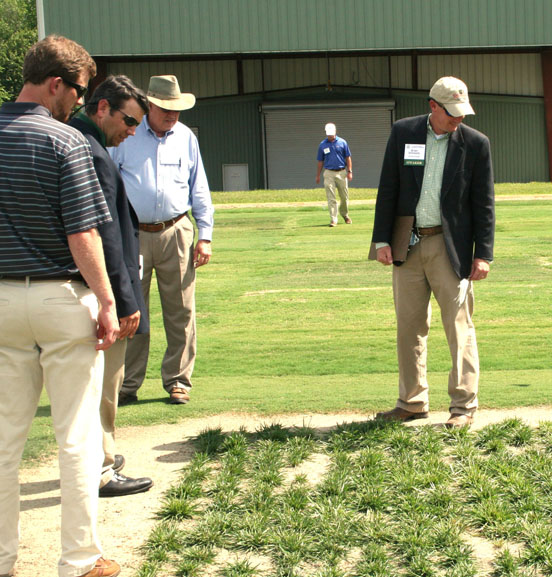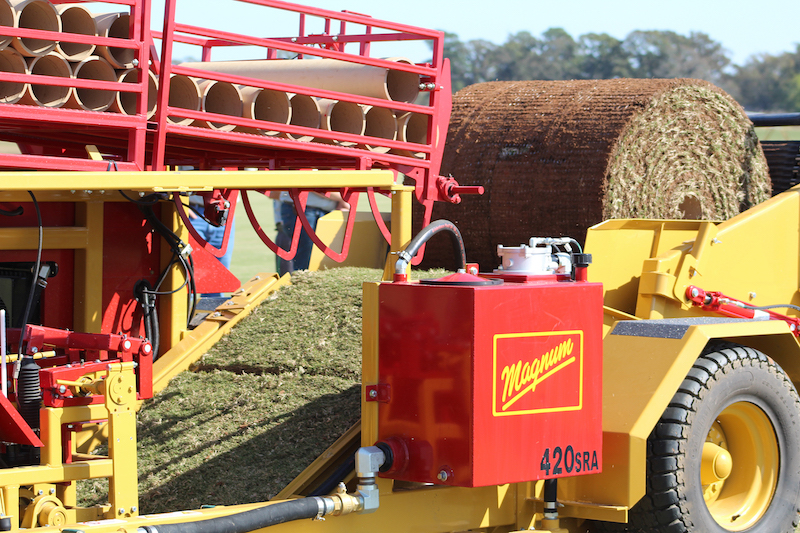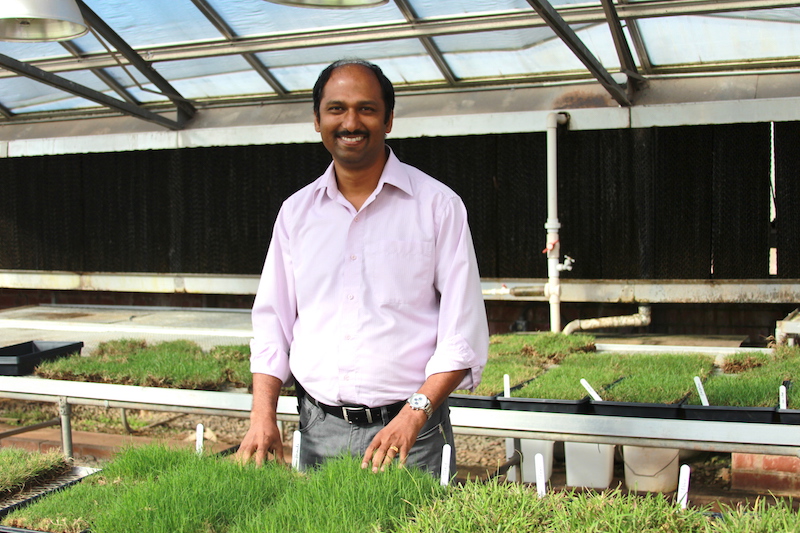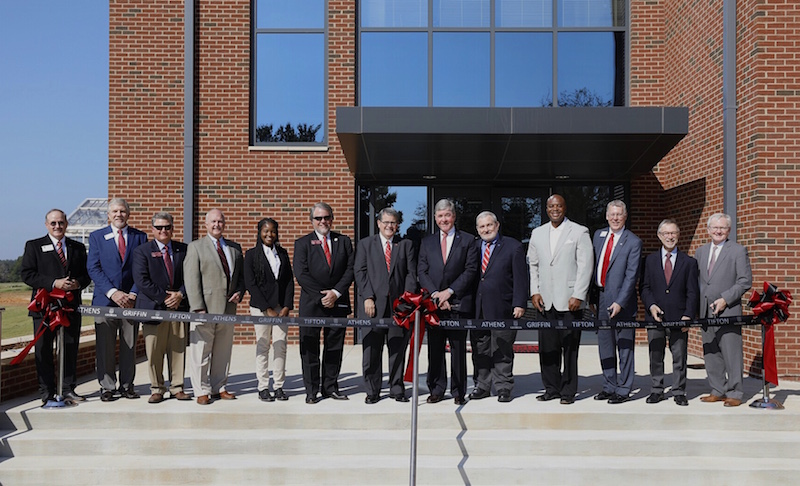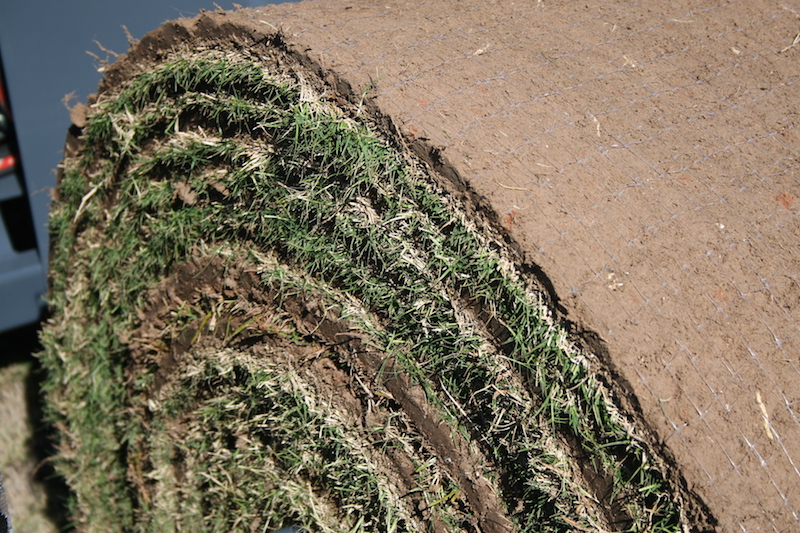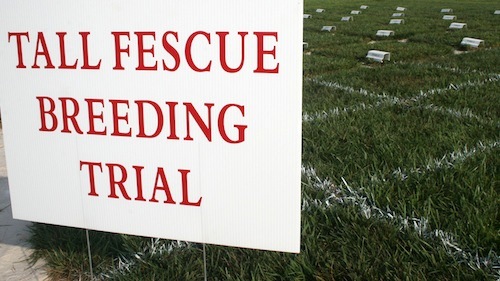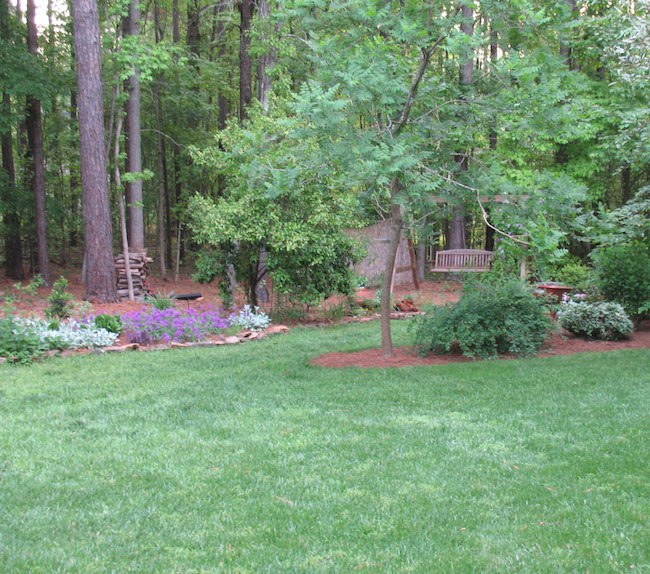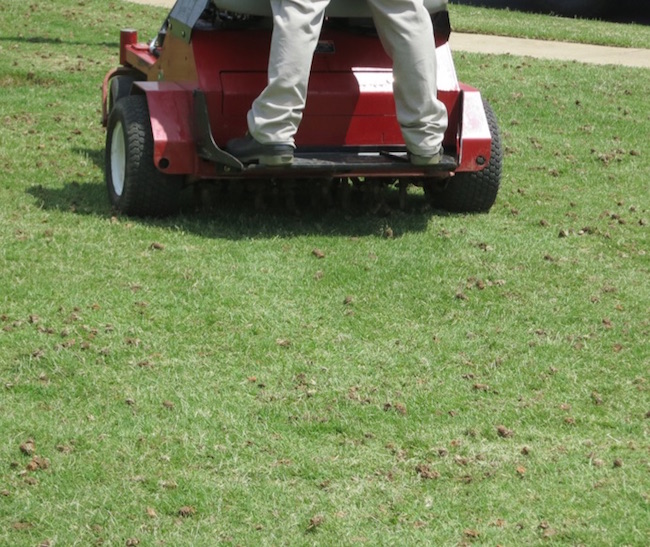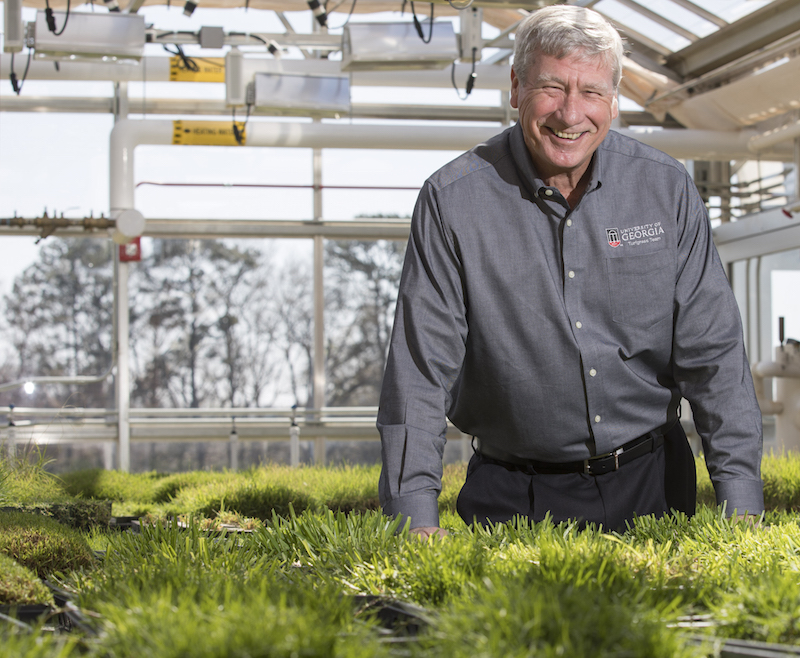 CAES News
CAES News
Paul Raymer
More than 40 years ago, a young man from Arkansas decided to become an agriculture major because "it was the beginning of the Green Revolution, and agriculture had a bright future." Today that man, University of Georgia professor Paul Raymer, has served Georgia agriculture as a variety tester, a soybean specialist, a canola breeder and a turfgrass breeder.

